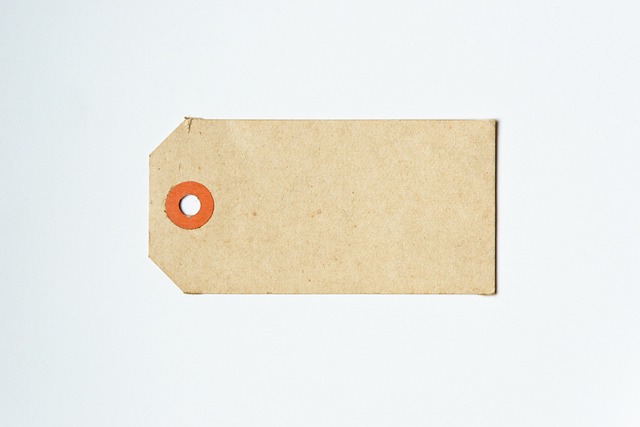Leeds Tag Removal offers diverse options for addressing skin tags, from cryotherapy and laser treatments to home remedies like duct tape and apple cider vinegar. Methods are chosen based on tag type, size, and preference, with key preventive measures including good hygiene, avoiding irritants, staying hydrated, and a balanced diet. In Leeds, professionals provide effective, non-invasive solutions for skin tag removal.
Looking to get rid of those pesky skin tags? This comprehensive guide explores effective Leeds tag removal methods, from common procedures to DIY home remedies. Skin tags, a harmless but often unsightly growth, can be addressed in various ways. We’ll delve into the causes and types, providing insights tailored to Leeds residents. Discover top medical treatments and natural solutions, along with preventive measures, to reclaim your smooth, tag-free skin.
- Understanding Skin Tags: Causes and Types
- Common Methods for Tag Removal in Leeds
- Effective Home Remedies and Preventive Measures
Understanding Skin Tags: Causes and Types
Skin tags, also known as acrochordons, are small, soft bumps that grow on the skin, often appearing as thin, vertical threads or small bags. They typically arise in areas where skin rubs against itself, such as the neck, armpits, groin, and hands. While they are generally harmless, many people choose to have them removed for cosmetic reasons.
There are several types of skin tags, including common skin tags, which are usually single or in clusters; large skin tags, often found on the neck; and rare forms like spider angiomas, which involve small clusters of blood vessels that give a spider-like appearance. The development of skin tags is closely linked to genetics and hormonal changes, making them more prevalent in certain individuals. In Leeds Tag Removal, various methods are employed, including freezing with liquid nitrogen (cryotherapy), cutting them off with a scalpel or scissors, and using laser treatments, each with its own advantages and considerations based on the type and size of the skin tags.
Common Methods for Tag Removal in Leeds
In Leeds, there are several common methods for tag removal, each with its own advantages and considerations. One popular approach is cryotherapy, where extreme cold is used to freeze and destroy skin tags. This non-invasive procedure is quick and effective but may cause temporary redness or itching after treatment.
Laser therapy is another widely used option for Leeds Tag Removal. Targeting specific wavelengths of light, lasers can precisely remove skin tags without damaging surrounding skin. While it might be slightly more expensive than cryotherapy, laser treatments offer a permanent solution, making them a preferred choice for many individuals seeking long-lasting results.
Effective Home Remedies and Preventive Measures
Effective Home Remedies and Preventive Measures for Leeds Tag Removal
One popular home remedy for removing skin tags involves using duct tape. This simple method requires applying a small piece of duct tape over the tag, securing it tightly for several days or weeks. Over time, the skin tag will dry out and fall off. Another natural approach is to use apple cider vinegar. Soaking a cotton ball in apple cider vinegar and gently rubbing it on the skin tag daily can help dissolve the skin cells causing the tag.
Preventive measures are also crucial in managing skin tags. Maintaining good hygiene by keeping the affected area clean and dry can prevent infections. Avoiding rough clothing or jewelry that may irritate the tags is essential. Additionally, staying hydrated and maintaining a balanced diet can support overall skin health. Regular exfoliation and moisturization can help keep the skin smooth and reduce the likelihood of developing new tags.
Whether you opt for professional treatment or try home remedies, understanding skin tags and their causes is key to effective Leeds tag removal. By knowing the different types and exploring both medical and natural solutions, you can choose the best approach for your needs. Remember that prevention is always better than cure, so taking measures to avoid them can save you time and money in the long run.
